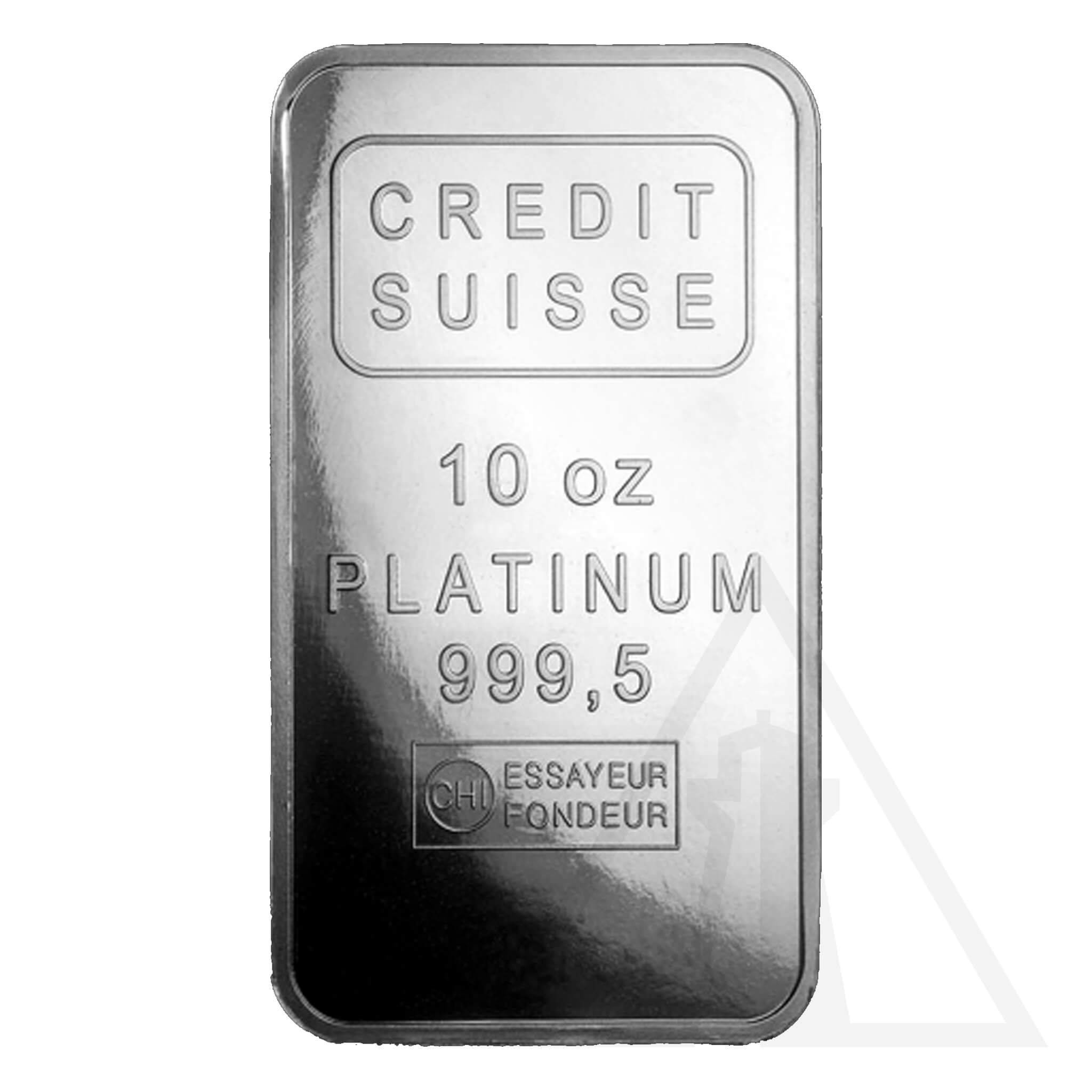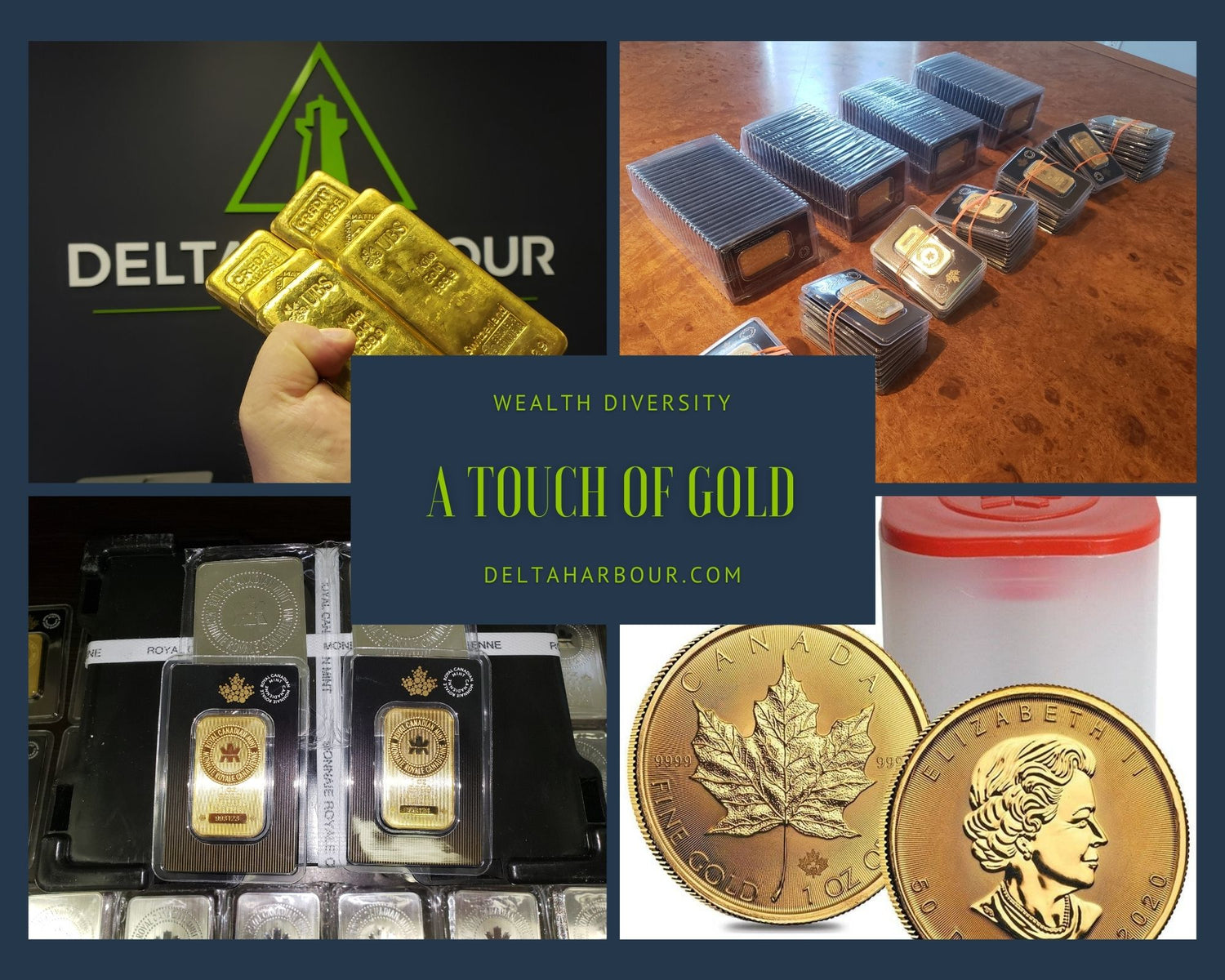As the U.S. Consumer Price Index (CPI) inflation reading peaked at just over 9% and averaged 6.45% last year, many investors were left disappointed by the performance of gold, which is often seen as an inflation hedge. With prices remaining virtually flat and returning a paltry 0.3%, it is easy to understand why some were questioning gold's effectiveness as a hedge against inflation. I’ve heard it form many of our own clients, even you reading this article right now. Worry not you were warranted in your frustration.
However, a comparison of gold's performance with other so-called inflation-fighting assets in 2022 reveals a different picture. The iShares TIPS Bond ETF returned negative 12%, while real estate suffered a decline of 25%. The iShares S&P 500 Index ETF fell by 18%, and the iShares Core US Aggregate Bond ETF dropped by 13%. In contrast, gold's price decline of less than half a percent made it a relative outperformer, particularly in a year when most asset classes suffered larger losses.
Despite the $23 billion worth of gold sold last year by exchange-traded fund investors, the price of gold remained steady thanks to record-setting purchases by central banks and government entities, which hold gold as a bulwark of their monetary system or as part of their foreign currency reserves.
It is worth noting the historical relationship between the price of gold and pauses in Federal Reserve (Fed) interest rate hikes. In 2000, the price of gold rose almost 56% after the Fed paused its rate hikes. Similarly, in 2006, gold rose 230% when the Fed paused, and in 2018, it rose by just under 70%. With constant speculation about when the Fed will pause or reverse its rate hikes, it is crucial to keep an eye on how gold reacts to Fed rate policies.
Looking ahead, there are three possible outcomes for gold in 2023. First, if the Fed is correct and 'higher rates for longer' are needed, the U.S. dollar could strengthen, resulting in weaker gold prices. Second, if the market is correct and a soft landing is ahead, with the Fed almost done with hikes and potentially cutting rates by the year-end, the U.S. dollar could weaken, and gold prices could rise. Finally, if history is correct and the Fed over-tightens, resulting in a moderate recession, big interest rate cuts may be necessary to stabilize the economy, which could lead to a weaker U.S. dollar and gold prices on steroids.
Accessing gold through gold futures, gold mining equities, or physically backed gold ETFs has its nuances and pros and cons. Still, investors increasingly turn to gold-backed ETFs to avoid some of the operational challenges associated with accessing physical gold. Ultimately, it is your choice but we always recommend the physical “hold-in-your-hand” over anything approach when incorporating gold into a diversified portfolio. All investments require a careful consideration of the economic environment and individual investment goals. We are here when you are ready!
Yours to the penny,
Darren Long
Director, Delta Harbour Assets Inc.







